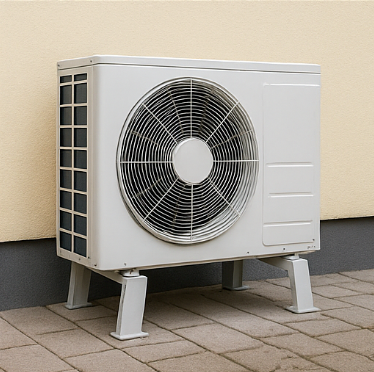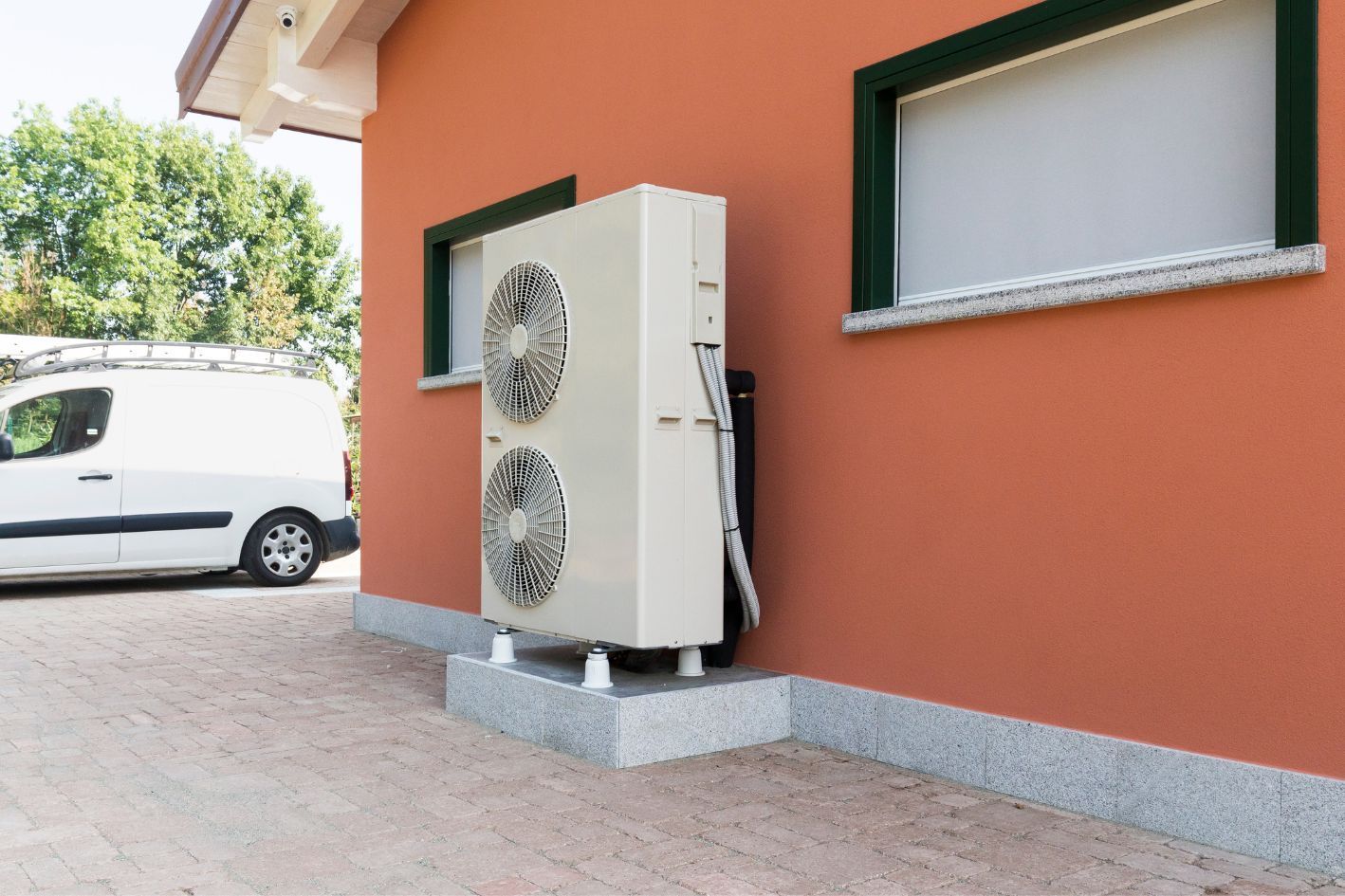The Future of Home Heating: Air Source Heat Pumps and Smart Integration
As our homes become increasingly connected, integrating air source heat pumps with smart home systems is transforming how we approach heating and cooling. This powerful combination offers homeowners unprecedented control, efficiency, and comfort.
Understanding Air Source Heat Pumps
Air source heat pumps (ASHPs) are highly efficient heating and cooling systems that transfer heat between the outdoors and your home. They work effectively even in colder climates, providing a sustainable alternative to traditional heating methods.
The Smart Home Advantage
Smart home technology allows for automated and remote control of various household systems. When paired with ASHPs, it creates a dynamic duo that optimizes energy use and enhances user experience.
Key Benefits of Integration
Enhanced Energy Efficiency
Smart thermostats can learn your habits and adjust ASHP operation accordingly. This leads to significant energy savings without sacrificing comfort.
Remote Control and Monitoring
With smart integration, you can control your ASHP from anywhere using your smartphone. Adjust temperatures, set schedules, or turn the system on/off remotely for ultimate convenience.
Predictive Maintenance
Smart systems can monitor your ASHP's performance, alerting you to potential issues before they become major problems. This proactive approach can extend the lifespan of your heat pump and prevent unexpected breakdowns.
Weather-Based Adjustments
By connecting to local weather forecasts, smart-integrated ASHPs can adjust their operation to anticipate temperature changes, ensuring optimal comfort and efficiency.
Zone Control
Smart zoning systems allow you to heat or cool specific areas of your home independently, further improving energy efficiency and personalised comfort.
Implementation and Compatibility
Most modern ASHPs are designed for smart home integration. They can often connect directly to popular smart home platforms or through dedicated apps. When choosing an ASHP, look for models that offer
Wi-Fi connectivity and compatibility
with major smart home ecosystems.
Integrating air source heat pumps with smart home technology represents a significant leap forward in home climate control. By combining the efficiency of ASHPs with the intelligence of smart systems, homeowners can
enjoy superior comfort, reduced energy costs, and a smaller carbon footprint.












